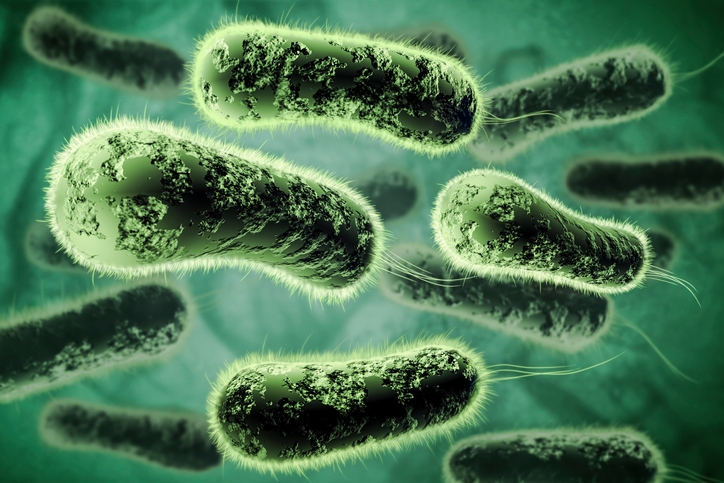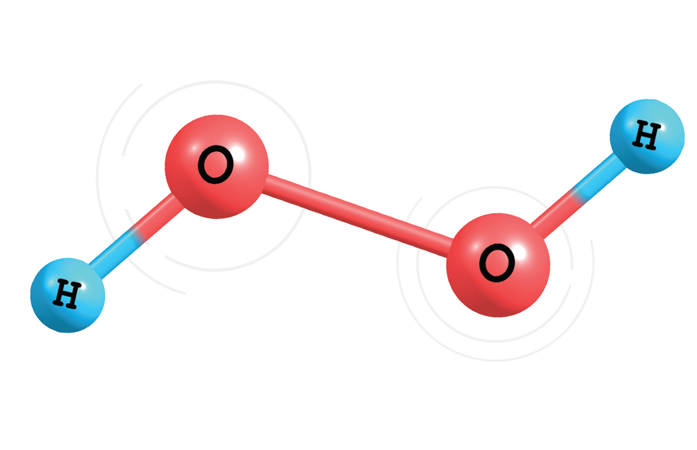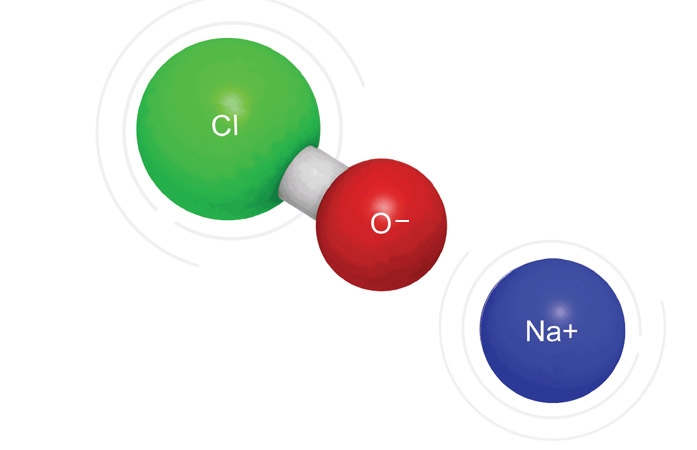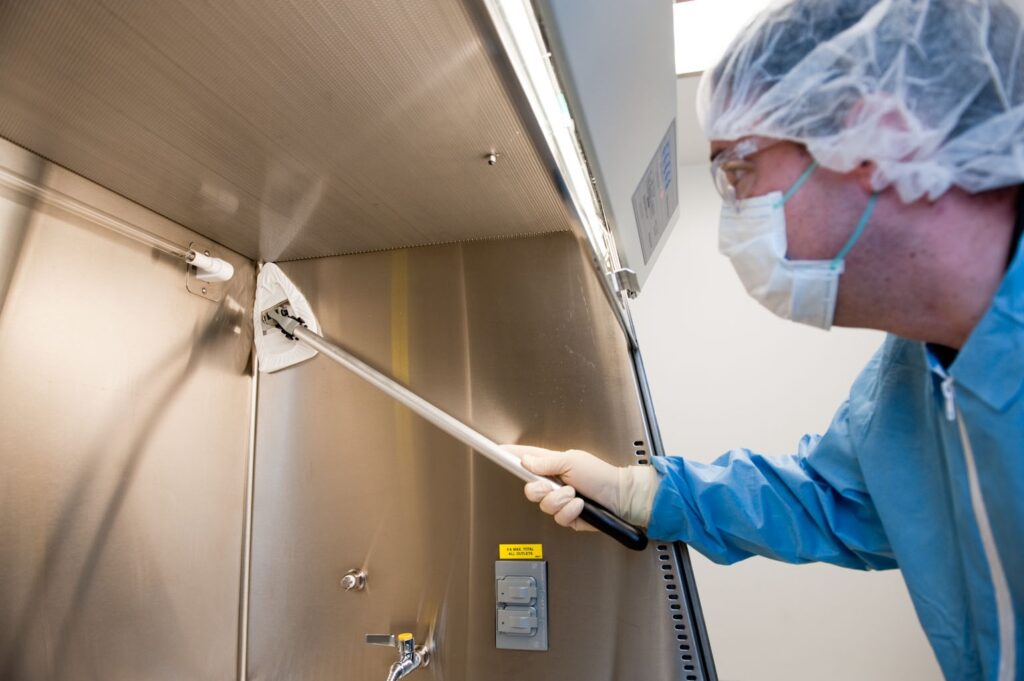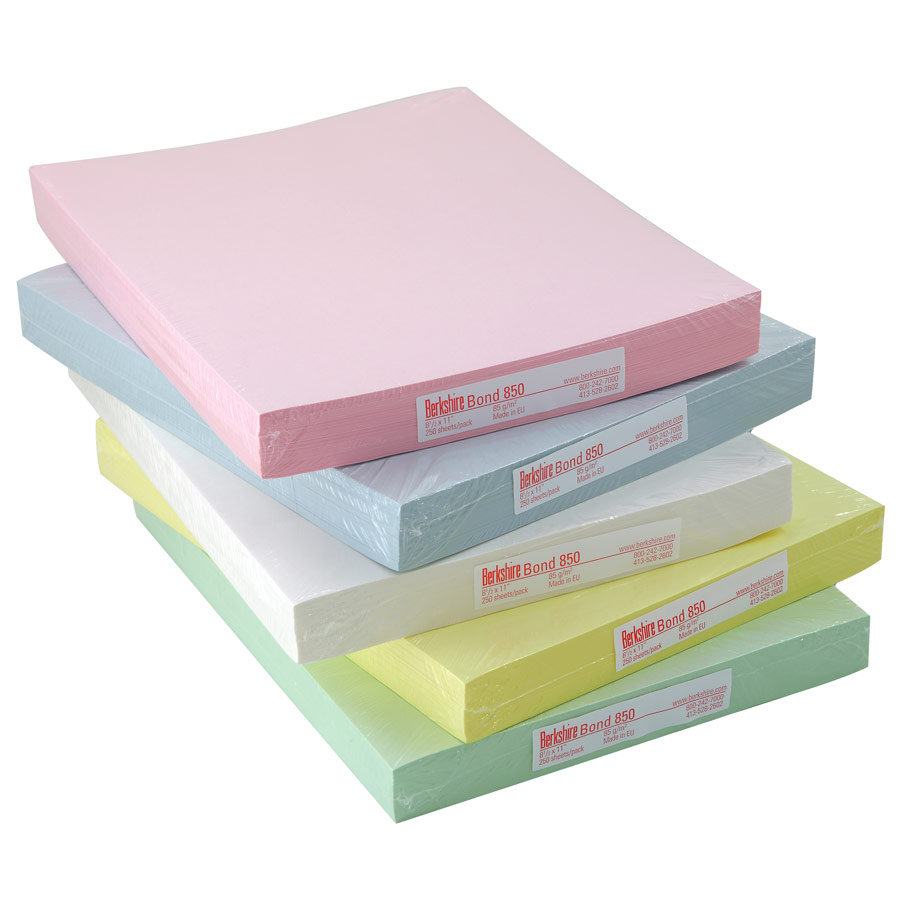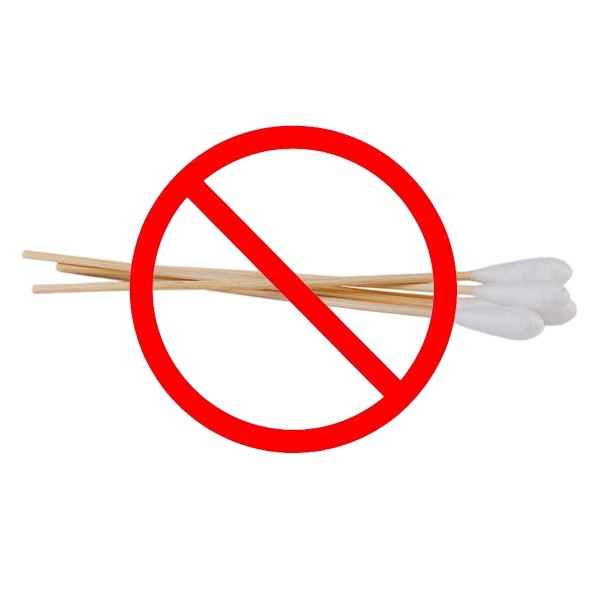Introduction Pharmaceutical and medical device manufacturing personnel must cope with endotoxins – a contamination source unique to their industries. Endotoxins, also known as pyrogens, originate from dead (!) gram negative bacteria. When this strain of bacteria are killed by antibacterial reagents (say phenolic or quaternary ammonium compounds), radiation, steam sterilization, etc. the cell wall detritus [Read More…]
Category Archives: Knowledge Base
The yellow wiper clips are not autoclavable, but since they are detachable, simply remove them before autoclaving. All other components of the Ergonomic “V Mop” system are autoclavable. The V shape allows it to slip smoothly into the pouches of the mop covers reducing bending and decreasing injury.
Q: Is there a blue cleanroom wipe? A: Berkshire BluSorb® 750 is a 55% cellulose/45% polyester hydroentangled nonwoven blue cleanroom wipe. It is an excellent choice for a work surface mat as its blue color provides the background differentiation necessary for visual inspection applications. It has low extractable levels and particle counts. BluSorb® 750 is chemically compatible with [Read More…]
Disinfection of Surfaces with Hydrogen Peroxide Of all the contamination control activities in a cleanroom, perhaps the most critical are disinfection procedures. That’s because human health depends on the quality and thoroughness of a surface disinfection wipedown. Many solutions can be considered for surface disinfection, but hydrogen peroxide and sodium hypochlorite (bleach) rate special attention. [Read More…]
A previous article in this series discussed disinfection of surfaces with hydrogen peroxide. We turn our attention now to bleach as another very effective treatment agent. Most people understand that ordinary household bleach – a 5.5% solution of sodium hypochlorite (NaOCl) in water – is a strong disinfecting agent. In neutral or slightly acidic solutions the active [Read More…]
The EasyClean® 360 is the most efficient way to clean a laminar flow hood. It’s unique triangular shaped head allows it to clean the difficult tight corners in the hood. The tool is delivered with two handles, a 14” (35cm) and 24” (61cm). There is also another ordering option for a telescoping handle that will extend from 35 [Read More…]
Need assistance with your Choice Mop Handle® and Clamp Assembly. Follow our easy instructions below.
BCR® Bond 850 100% wood pulp, synthetic latex binder Helmke Drum (particles/ft3) : 68 Na+ : 100ppm K+ : 1.7ppm Ca++ : 0.56ppm Mg++ : 0.13ppm Cl : 44ppm Standard Copy Paper 100 % wood pulp Helmke Drum (particles/ ft3) : 7200 Na+ : 1500ppm K+ : 12ppm Ca++ : 180ppm Mg++ : 61ppm Cl : 2000ppm 68ppm Vs. 7200ppm! IEST – [Read More…]
Faced with the problem of removing small bits of contamination in the cleanroom, you would probably have to invent the swab if it didn’t already exist. You would soon find that this little “wiper on a stick” would also prove invaluable in cleaning delicate mechanisms, in precision surface cleaning and in removing residues in hard-to-reach [Read More…]
ISO Class 5 – Primary Engineering Controls (PECs) LAFWs – BSCs – CAIs – CACIs At the beginning of the each shift Before each batch No longer that 30 minutes after previous disinfection (during ongoing compounding) After spills When a surface contaminate is known or suspected Clean area after surface sampling (i.e. Contact Rodac Agar [Read More…]


















